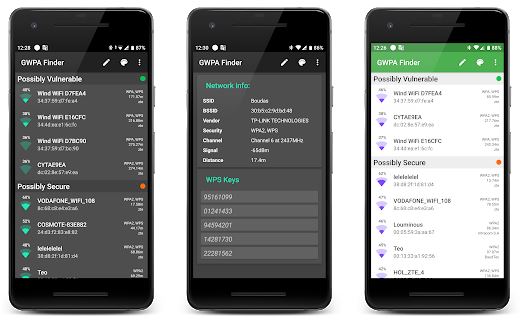
The PEAP version should be “automatic”. This is perhaps the easiest setting to get wrong or omit, and some clients won’t work without it. If there’s a “domain” field then it should be set to “ pcc.edu”. The anonymous identity can be left blank or unchanged. The authentication method is protected EAP (PEAP). The security mode should be “WPA/WPA2 Enterprise” - the client might display it differently but it should look like this. Here are the settings they may not appear in this order. Anything required that isn’t auto-filled must be added by hand. Depending on the client (“supplicant”), when it first interacts with the access point it might fill in some of the needed settings. These settings are general and interface-neutral. The hardest part of accessing the PCCWiFi service from Linux (including Android) is that the configuration interface can vary widely. You may be asked if you want to verify the certificate server or server thumbprintĪccess your network settings by clicking the lower right-hand corner notification box or click on the Wi-Fi logo with the * on the logo, if present. A dialog box will open with a connection summary. 
A security alert dialog box will open to verify the certificate.Complete the following information when asked:.A quick-connect dialog box will open to configure your system.A dialog box will appear, asking to make changes to your computer.

Once downloaded, unzip and open the file.Before you can log in, you must first download the certificate file.After connecting to the wireless network, a dialog box will open.

CA certificate: unspecified or do not validate. Phase 2 authentication: none (on newer Android devices check under Advanced – MSCHAPV2). After connecting to the wireless network, A dialog box will open. Select the network “ PCCWiFi” from the list of wireless networks available.







 0 kommentar(er)
0 kommentar(er)
